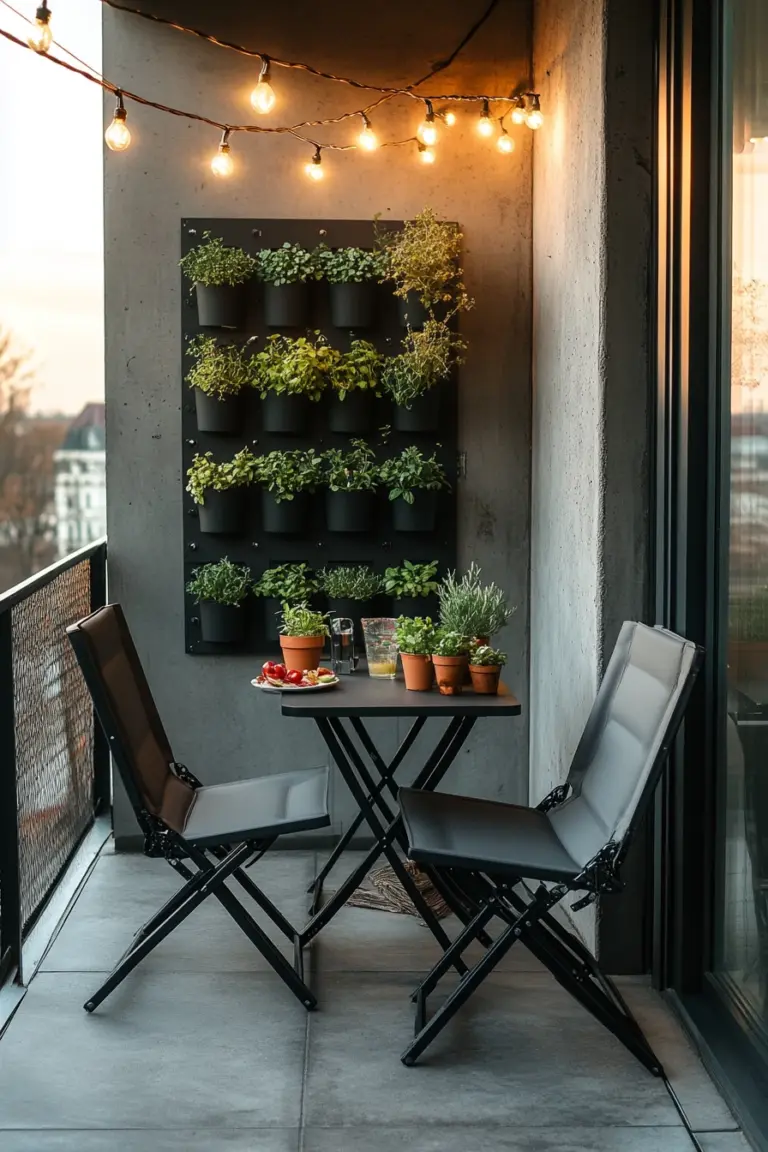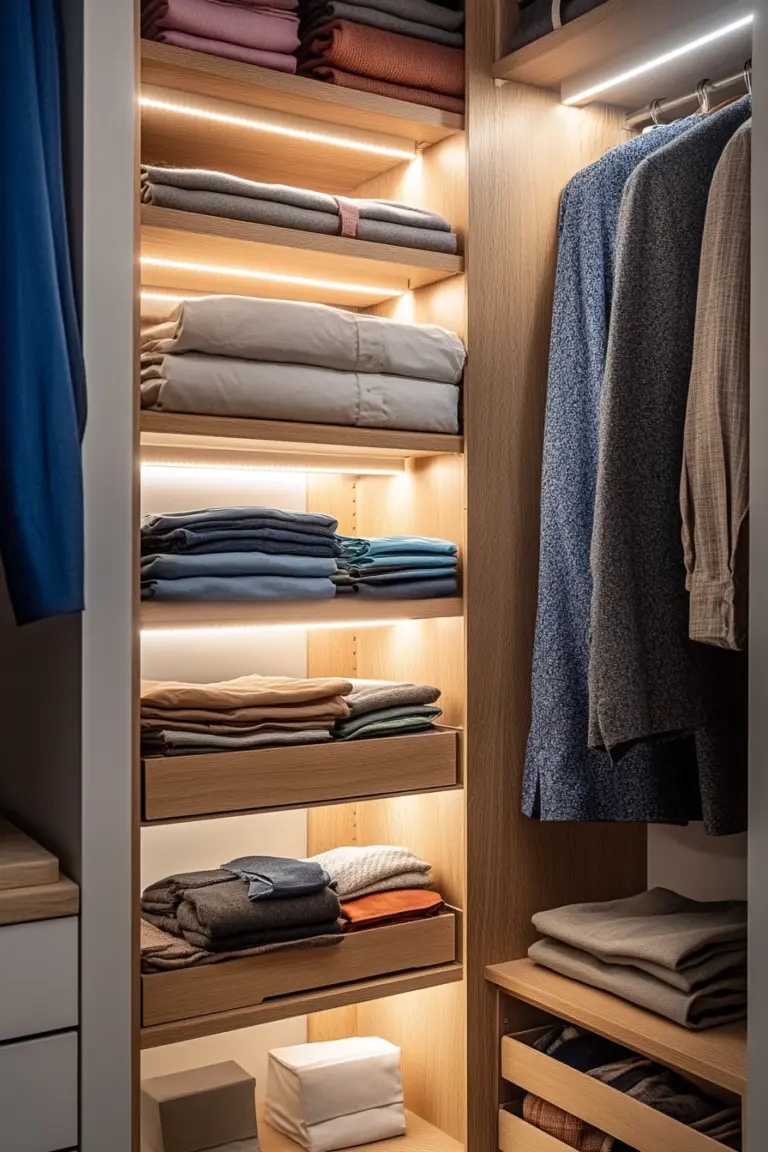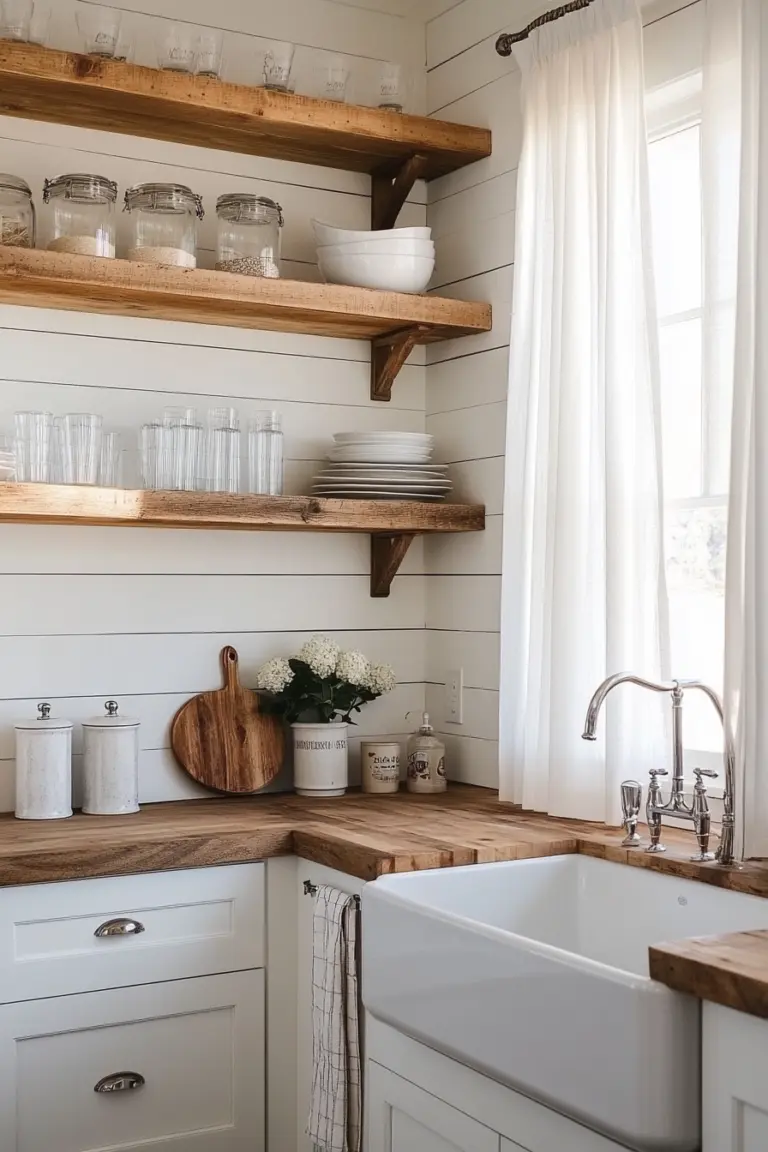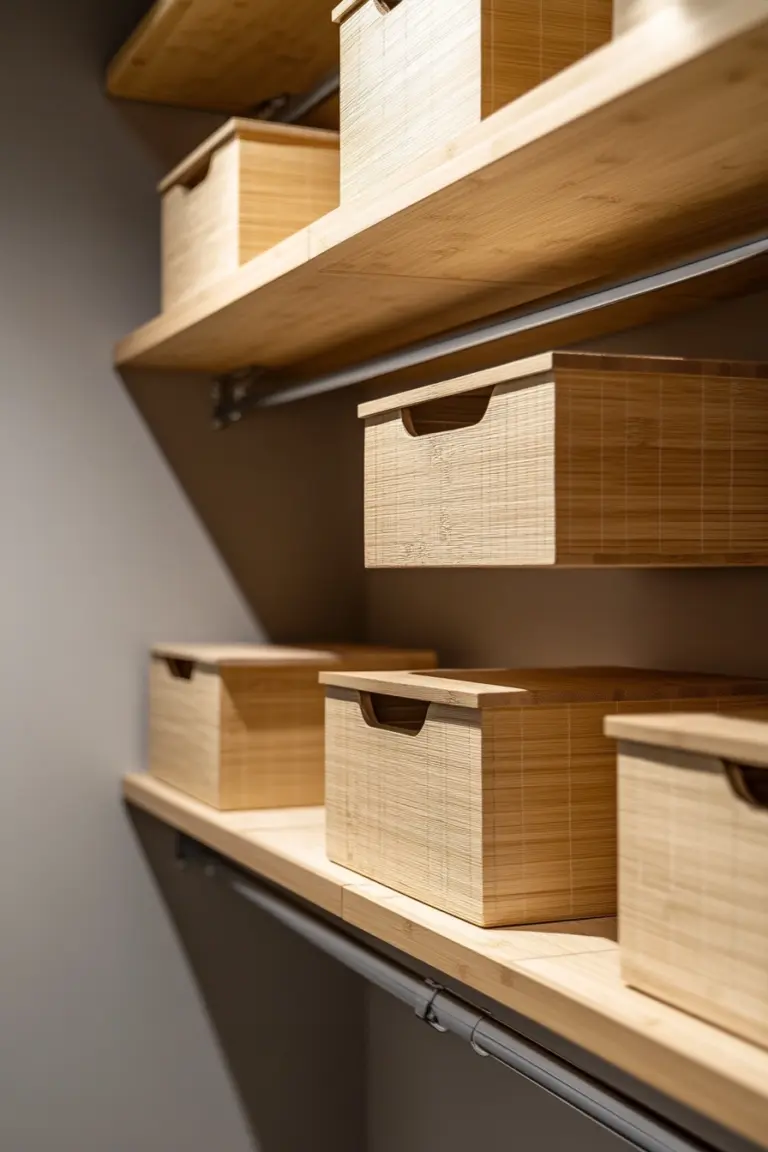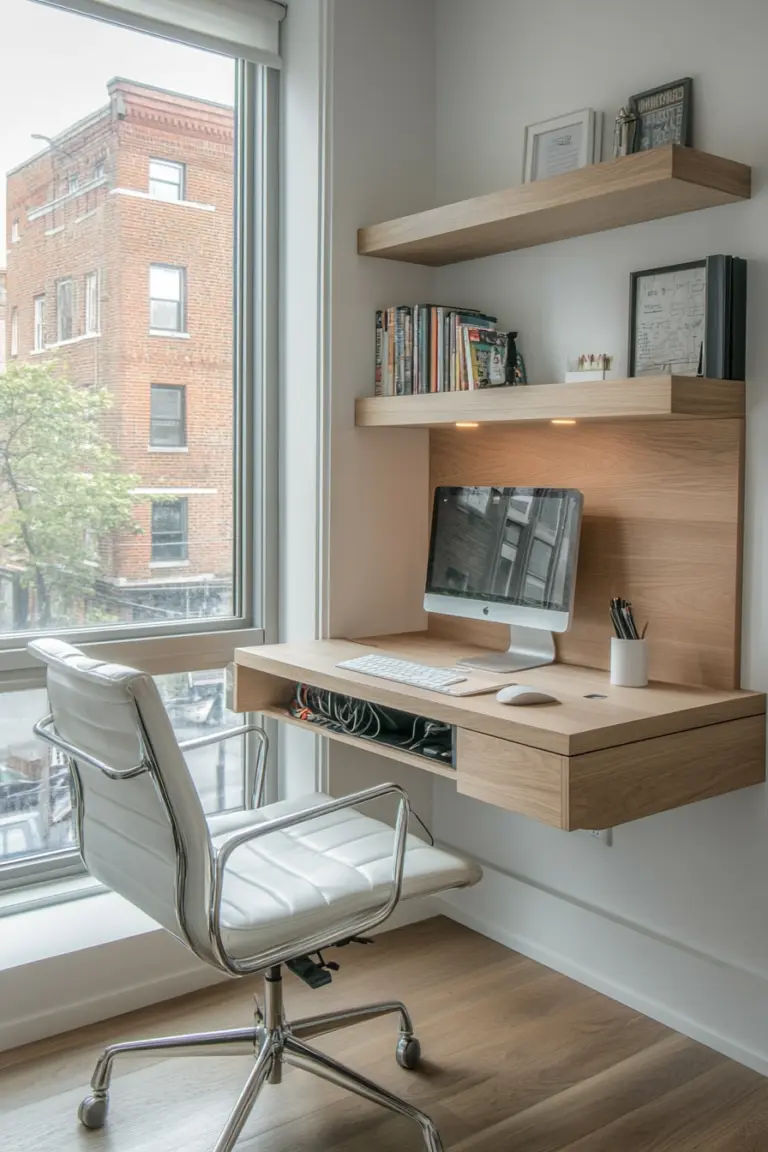Are Japanese Futons Good For Side Sleepers? (Benefits and Drawbacks)
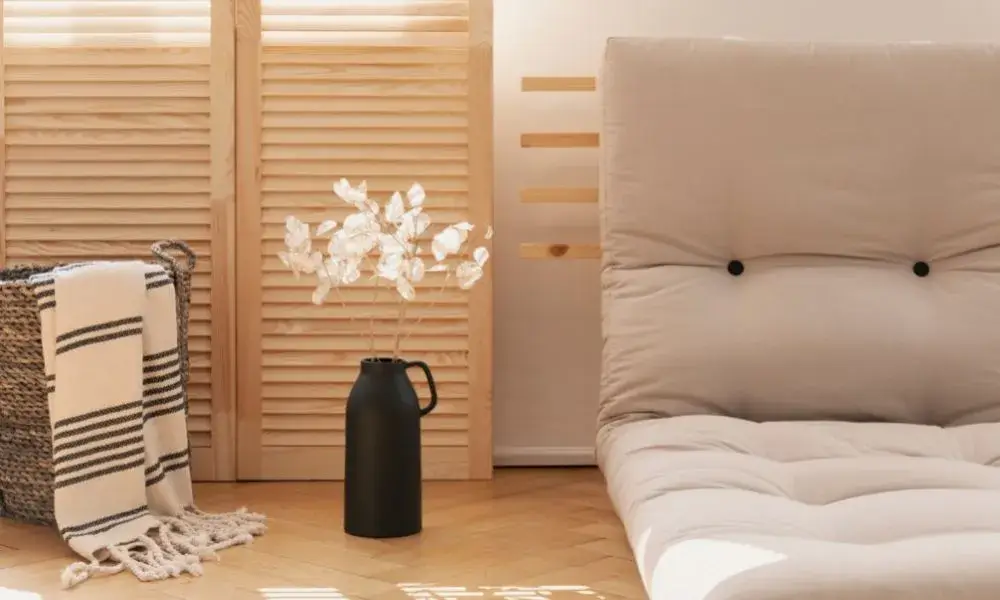
High-quality mattresses and pillows can cost a fortune lately. Hence, modern folks are opting to
go for low-cost and effective options such as Japanese futons. They have a profound reputation
for helping out back sleepers with chronic back and shoulder pain. But are Japanese futons
good for side sleepers? Do the pros outweigh the cons?
Japanese futons are great for side sleepers in terms of both comfort and functionality. If you
hate pull-out beds that take up too much space, you’ll absolutely love futons. However, if the
futon is too firm, then sleeping on your side can introduce back and joint pain, among many
other repercussions.
Today, let’s go over some of the benefits and drawbacks of using Japanese futons as a side
sleeper. Let’s find out if the durability and usability are worth the comfort & functionality.
How Can Japanese Futons Help Side Sleepers?
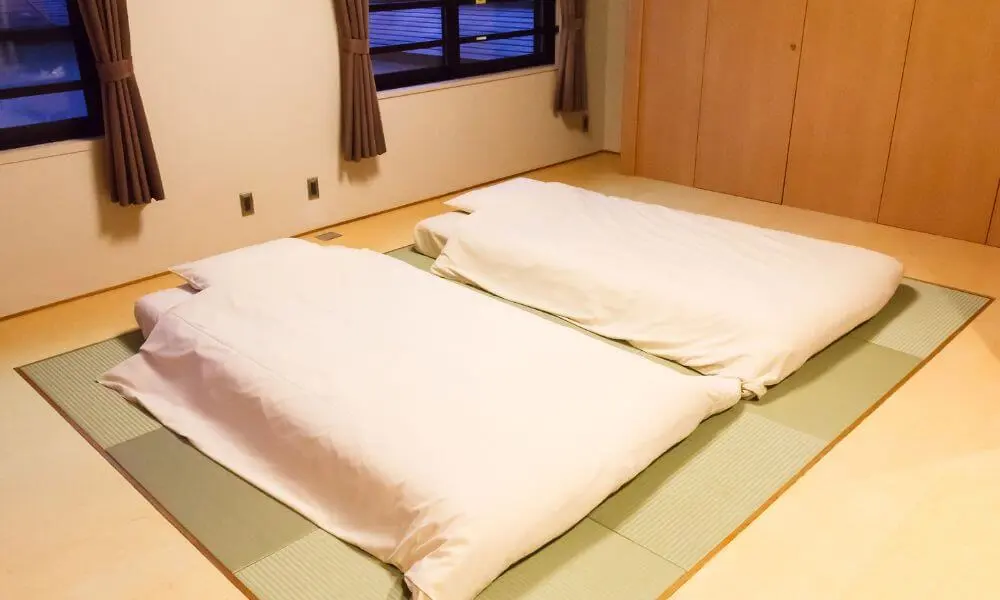
Japanese futons come in various sizes, shapes, and forms to accommodate sleepers of different
preferences.
And you’ll enjoy sleeping on a futon if you like sleeping on or close to the ground level.
Japanese futons are also popularly known as shikibuton – which roughly translates to a bedding
system laid out on the ground for sleeping.
Shikibutons have multiple health benefits and they can really help to fix your posture in bed.
Let’s go over a few such beneficial outcomes for people who love to sleep obliquely –
Spinal Alignment
Sleeping on your side on a futon can help to relax your spinal cord and, in turn, align the cord
joints properly. In addition to fixing your posture, it can help you to get rid of painful knots.
Less Snoring
If you suffer from snoring issues mid-sleep, you can try sleeping on your side on a Japanese
futon. Sleeping close to the ground helps with sleep apnea, while sleeping on a side helps to
relieve the nasal tension in the cavities.
Digestive Relief
A healthy stomach directly relates to a healthy mind. If you’re suffering from stomach pain and,
in turn, suffering from nightmares a lot mid-sleep, try sleeping on a Japanese futon.
Sleeping on your side, unlike sleeping on your stomach, can help to improve your digestion
rate. Consequently, you’ll experience less bloating and heartburn over time.
Low-Cost & Space-Friendly
Lastly, Japanese futons are not only affordable but also super storage-friendly. You can simply
place the futons over an empty space during the night for a good sleep.
Again, simply roll up the futon and store it in a nearby cabinet to use the empty space for other
tasks during the day. And since you’ll be sleeping on the side, you wouldn’t need ultra-wide
futons either, resulting in further efficiency.
How To Use Japanese Futons Effectively?
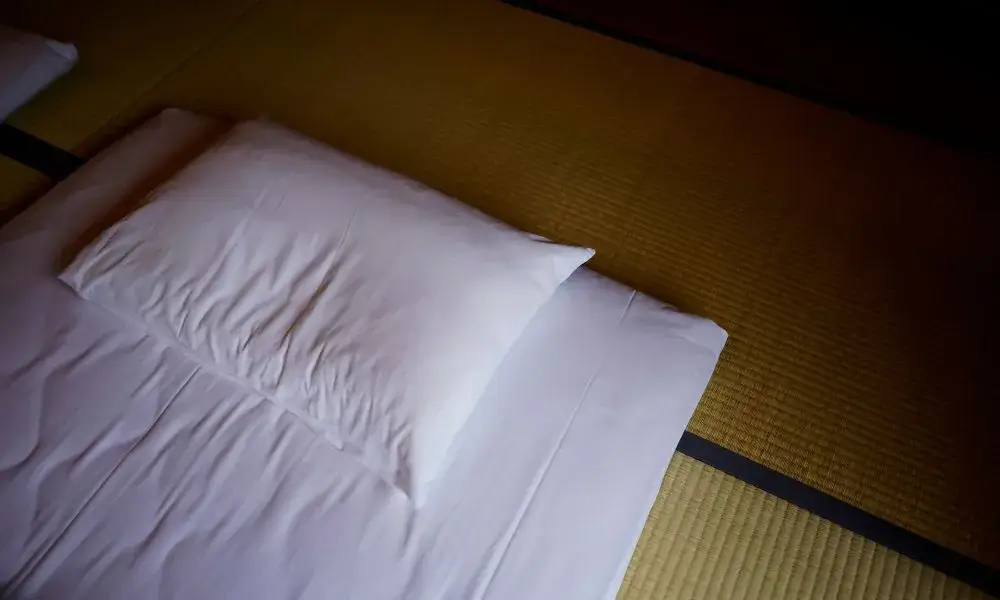
You can increase the efficiency of Japanese futons by using a few simple yet revolutionary tricks
as a side sleeper. Follow the instructions below to amplify your comfort levels while sleeping on
a Japanese futon –
Use A Tatami Mat
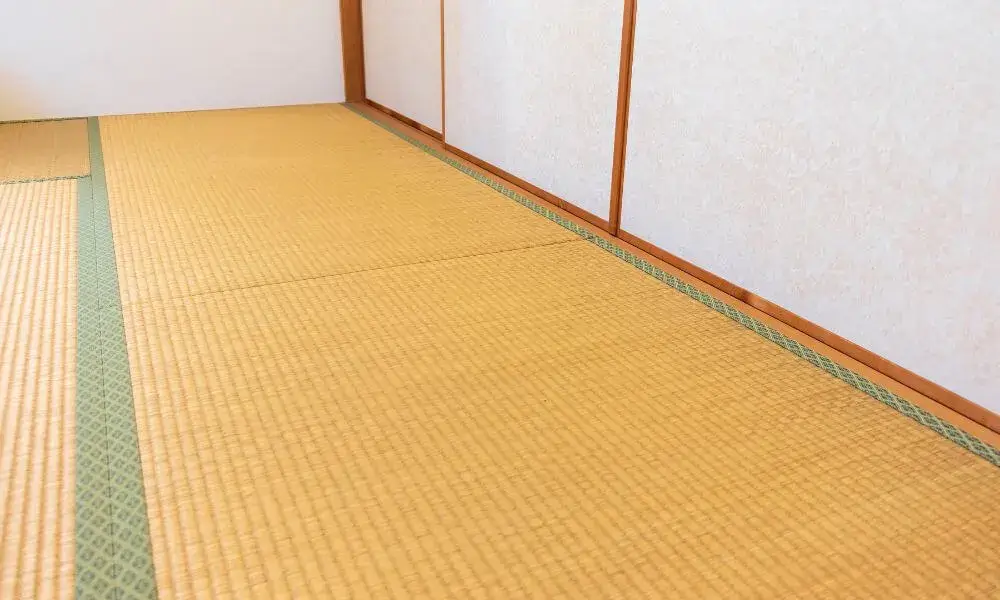
Tatami mats are traditional Japanese mats to accompany shikibutons on the ground. These
mats help to trap the heat so that the floor or the ground doesn’t feel too cold.
Before placing your Japanese futons, place a Tatami mat on the ground first. Let it settle down
for a little while, and then place the shikibutons over the mats. The mat is especially great
during winter nights as the bedding feels much warmer.
Place A Pillow Between The Knees
People who have a habit of sleeping on the side often have a habit of keeping a pillow between
their knees automatically. It helps to separate the knees, so the kneecaps don’t hit one another
mid-sleep. And most people find that comforting.
Plus, it feels like you’re hugging someone or something warm while sleeping, which helps to
induce serotonin in many.
However, there are other benefits as well. Keeping something soft and bouncy between the
knees inadvertently encourages the knee joints to relocate to their original positions.
Additionally, this pillow can also help to alleviate the pain in the hip joints alongside the knee
ones.
Using Japanese Futons As A Side Sleeper: Disadvantages
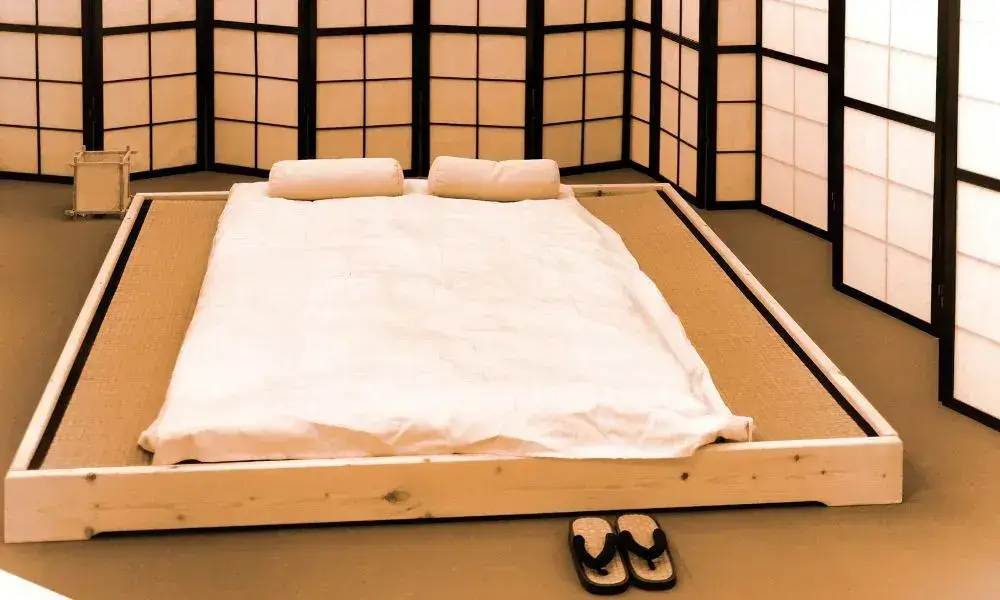
If you’re constantly sleeping on Japanese futons as a side sleeper, you’ll come across certain
drawbacks as well. Let’s go over a few such disadvantages before you decide to invest in a
ground-based lifestyle like this –
Back Pain
Constantly sleeping on your side, especially on the ground, can lead to chronic back pain in
many. That’s why it’s important to switch positions while you’re sleeping.
If the bedding is too thin, then your back will sink too much into the foam, which will lead to
back pain. Alternatively, if the bedding is too firm, then the foam will feel too harsh on the
back. And the lack of comfort will lead to the creation of unwanted knots in various joints and
crevices in the back.
Sleep Paralysis
While sleep paralysis is more of a psychological condition, the physical alignment during
sleeping can often attribute to partial and short-term paralysis mid-sleep.
For instance – if you continue to sleep on just one side, you’ll experience excessive blood flow
on that side for a prolonged period. Again, the other side will experience the gravitational pull,
and the imbalance can persist for multiple hours.
As such, when you’ll eventually wake up and try to move, you’ll feel a certain drowsiness. The
effects can be even more severe if you have an existing iron deficiency.
Hence, it’s never a good idea to stand up abruptly if you’re sleeping on a futon. Since you will
likely have no bed posts to hold on to, there won’t be anything to prevent your fall.
Gradual Firmness
Low-quality Japanese futons are infamous for becoming way too firm over the course of time.
Especially if you continue to sleep on the same side over and over again.
Hence, it’s better to either go for heavily padded futons from the get-go with high-quality foam.
Otherwise, the firmness will lead to eventual back and shoulder pain.
Hygienic Conditions
If you’re sleeping on a Japanese futon, you’re basically sleeping on the ground. As such, if you
happen to live in a heavily unhygienic environment, the environment will affect your sleeping
arrangements as well.
If there’s day-old food all around, then rats, ants, etc., can easily get onto the futons while
you’re sleeping. Again, if the floor is wet, then the futon can feel swampy and raggedy. Sleeping
on the side provides an extra disadvantage in this case since you can roll off onto the dirty floor
mid-sleep.
Final Verdict
So, are Japanese futons good for side sleepers or not? If you live in a small apartment without
too much space to spare, futons can solve both your storage & comfort issues. Japanese futons
are great for back and shoulder alignment, even for people who love to sleep on their sides.


